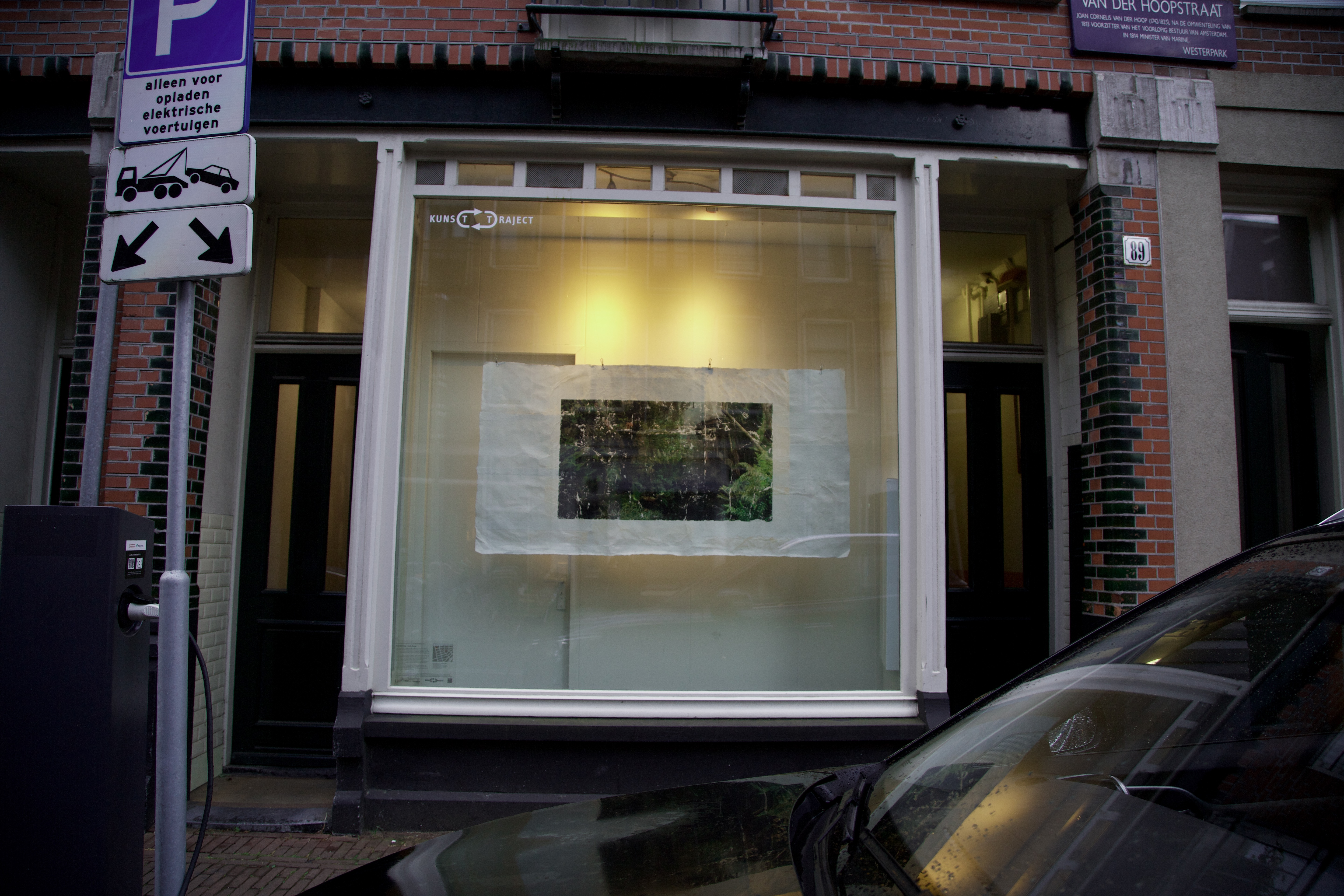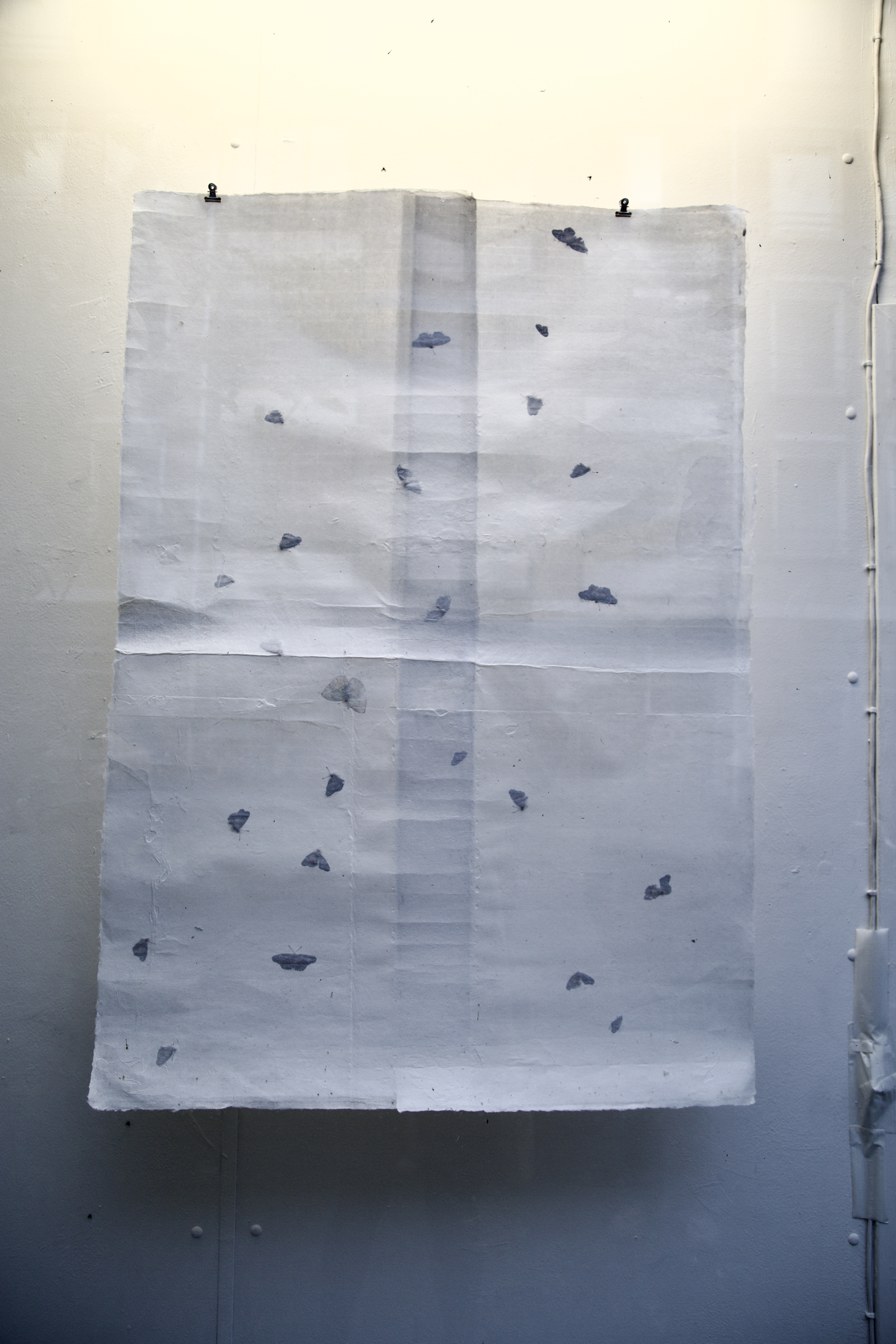AZUL EHRENBERG

Azul Ehrenberg (Mexico / Netherlands, 1997) is an interdisciplinary artist based in between Amsterdam and Mexico. In her work she dominantly uses a combination of selfmade paper, visual poetry and moving image. Personal archives and self shot images are often at the core of her works. But as past and present narrations are an integral part of life, she also explores the impact these can have on our perception by intervening existing content, in order to create a new context or form.
Her working method has never followed a classical structure, but has evolved experimentally, touching upon topics such as heritage, memory; its illusions and the emotional and intellectual resonance such themes can evoke in the public. She invites the viewer to reflect upon solitude and the contrasts between modernity and tradition, drawing inspirations from personal and broader cultural themes and traditions. Often, she blurs the line between reality and imagination. It is her way to preserve the beauty of a certain originality that might otherwise perish in forgetfulness.

Jardín Eterno, (2023), is an ongoing series of two -
dimensional compositions in which the burial place is the source of life. Humanity is the only species that buries its deceased in various ways, underground or just above it, honouring the dead in structures like altars or giving them back to the earth in modesty.
The realm of the dead represents a timeless image of what the living have devised for the dead, their monuments are tangible symbols of its eternity. Near their graves, trees watch over life continuing, worms dance, birds nest and flowers bloom.
The images in Jardín Eterno show the perdition and eternity coming together in different Mexican and European cemeteries, each with its own use and decoration.
Through the process of papermaking, Azul perpetuates the landscapes that mean something to her, using the actual plants that grow there. The papers she created for Jardín Eterno are made from a combination of indigenous Mexican (merceron, maiz) and universally known plant fibres (papyrus, pine, cotton).



